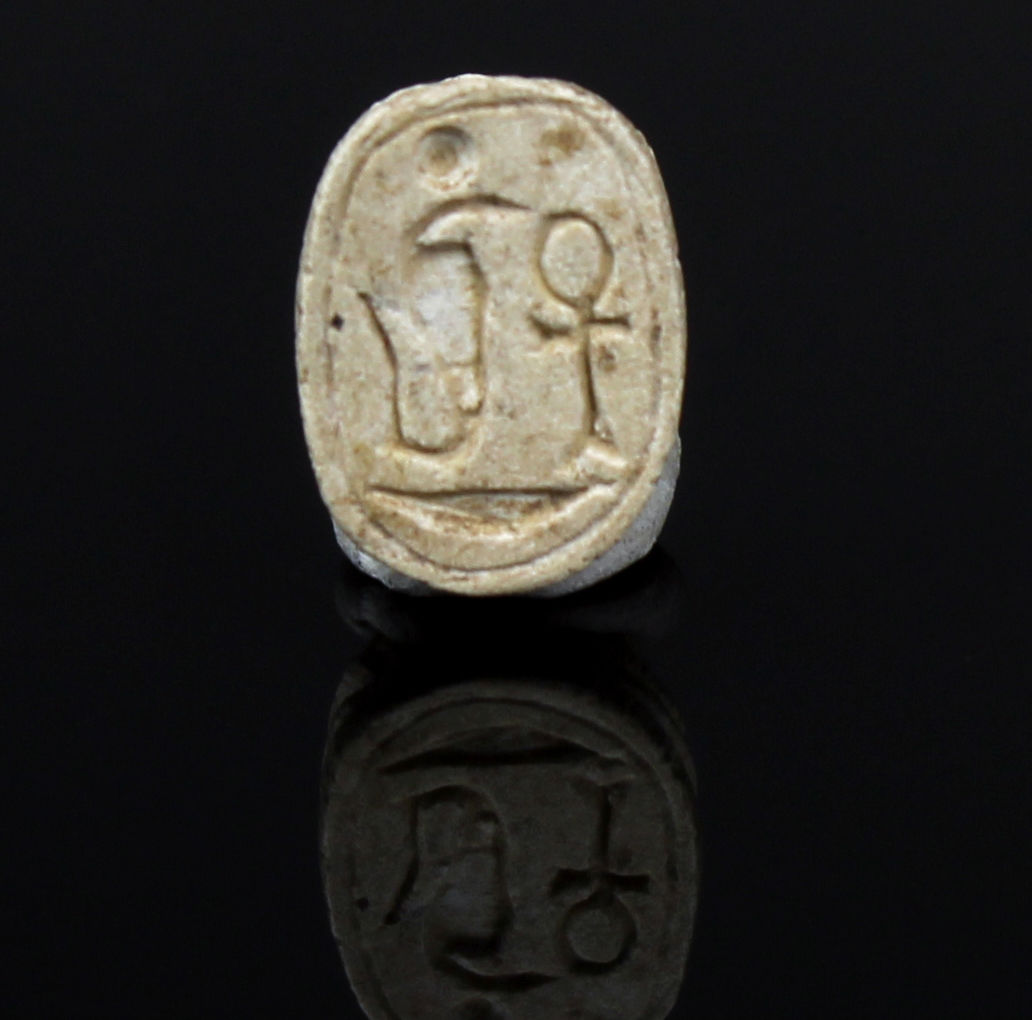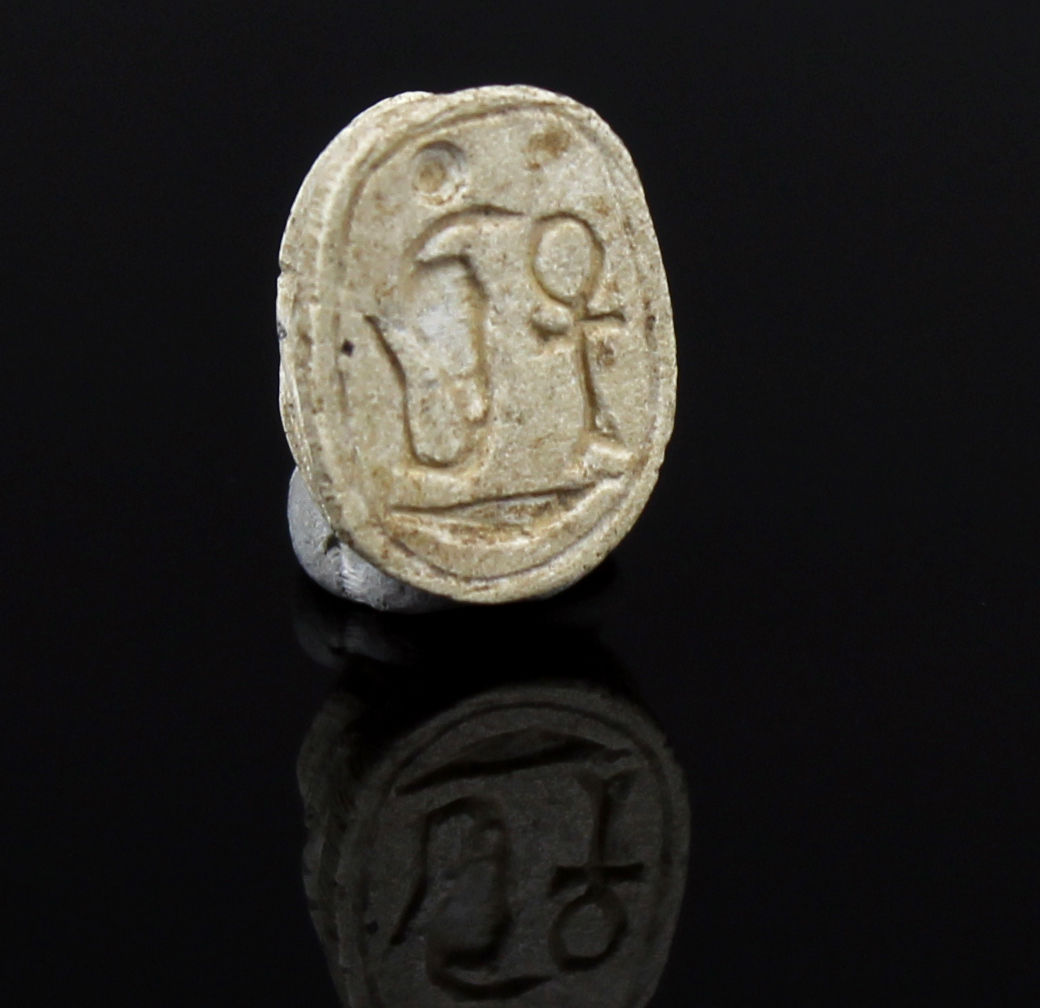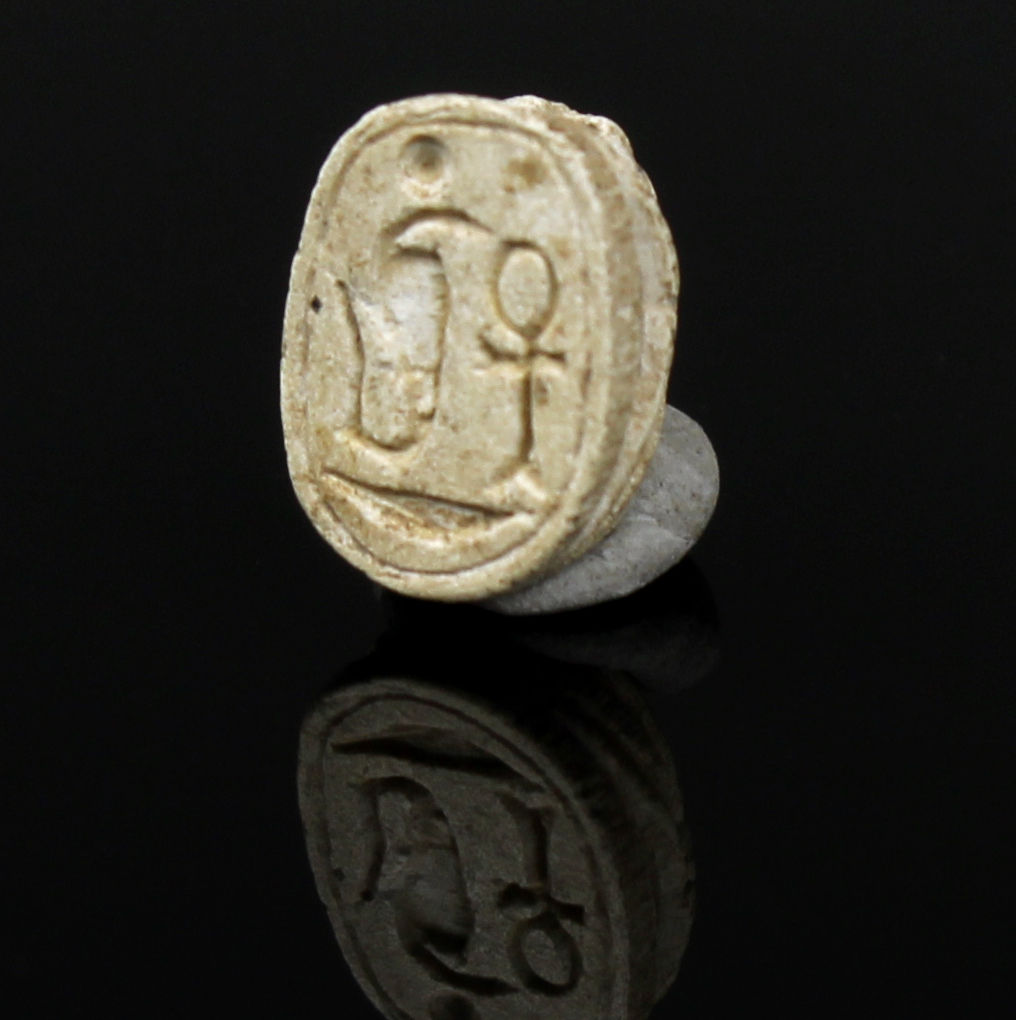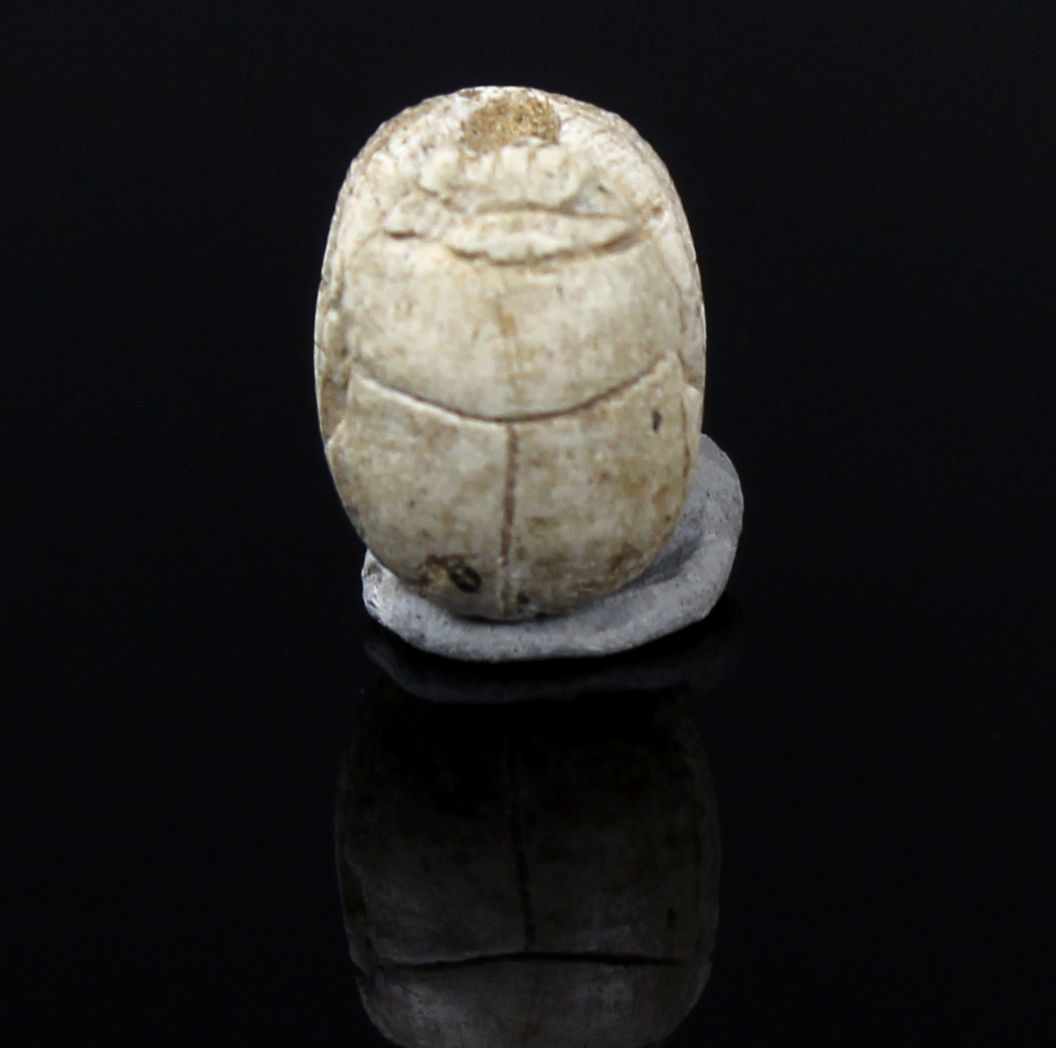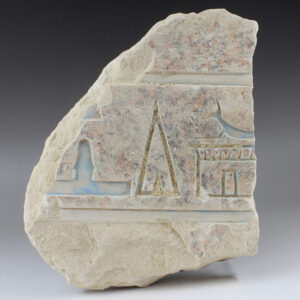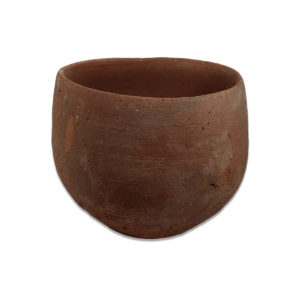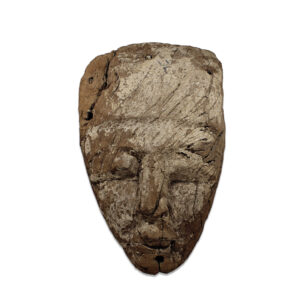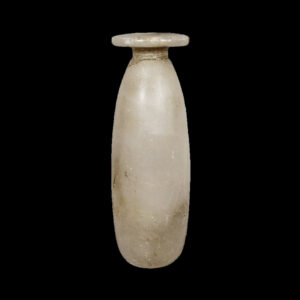Description
| ITEM | Scarab with Uraeus, Ankh and neb basket (Amun trigram) |
| MATERIAL | Steatite |
| CULTURE | Egyptian |
| PERIOD | New Kingdom, 1550 – 1070 B.C |
| DIMENSIONS | 12 mm x 8 mm |
| CONDITION | Good condition |
| PROVENANCE | Ex American egyptologist collection, active in the early part of the 20th century, brought to the US with the family in 1954. |
Egyptian scarabs with the Amun trigram, uraeus, ankh, and neb basket are fascinating artifacts that provide insights into ancient Egyptian religious beliefs and cultural practices. The scarab, a symbol of rebirth and regeneration, was a popular motif in ancient Egypt and often served as a protective amulet or talisman. When combined with other symbols like the Amun trigram, uraeus (cobra symbol), ankh (symbol of life), and neb basket (symbol of fertility), these scarabs took on additional layers of meaning and significance.
The Amun trigram, consisting of three symbols representing the god Amun, was associated with divine protection and power. Amun was one of the most important gods in the Egyptian pantheon, often depicted as a man with a ram’s head or as a ram itself. The inclusion of the Amun trigram on scarabs indicated a connection to this powerful deity, suggesting that the wearer sought Amun’s favor and blessings for protection and prosperity.
The uraeus, a symbol of the goddess Wadjet often depicted as a rearing cobra, symbolized protection and royal authority. It adorned the crowns of pharaohs and was associated with divine kingship and sovereignty. The ankh, resembling a cross with a loop at the top, represented the concept of eternal life and was often held by deities as a symbol of their ability to grant immortality. The neb basket, symbolizing fertility and abundance, was associated with the goddess Renenutet, who was believed to provide nourishment and sustenance. When combined with the scarab, these symbols created powerful talismans believed to offer protection, prosperity, and eternal life to the wearer in both this world and the afterlife.


